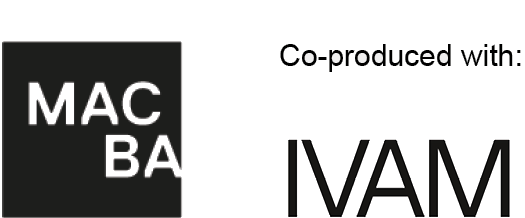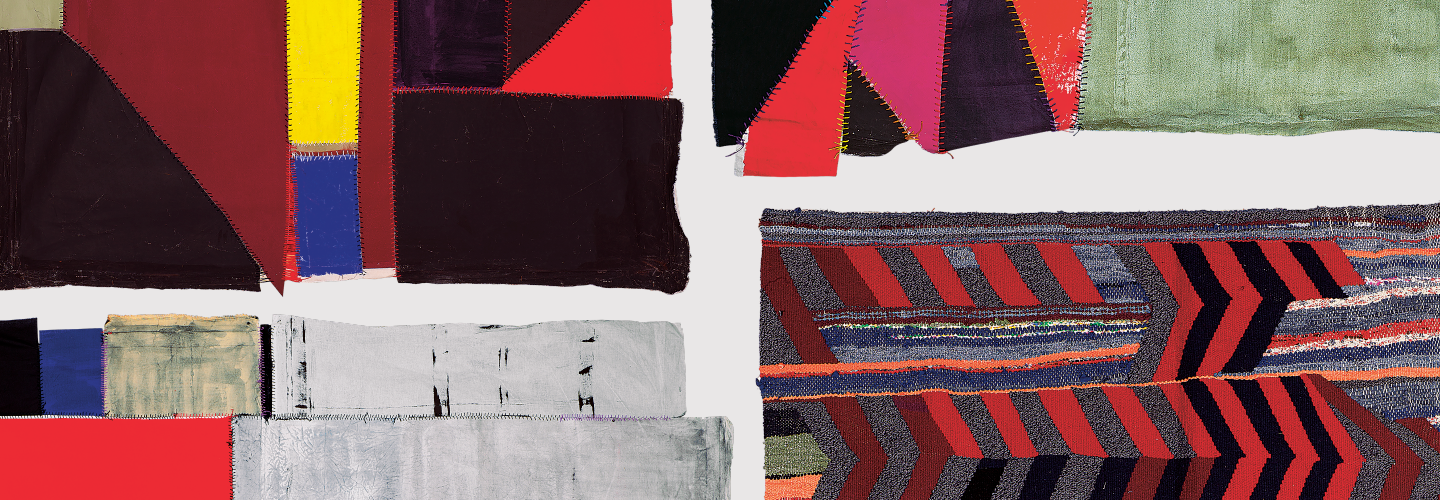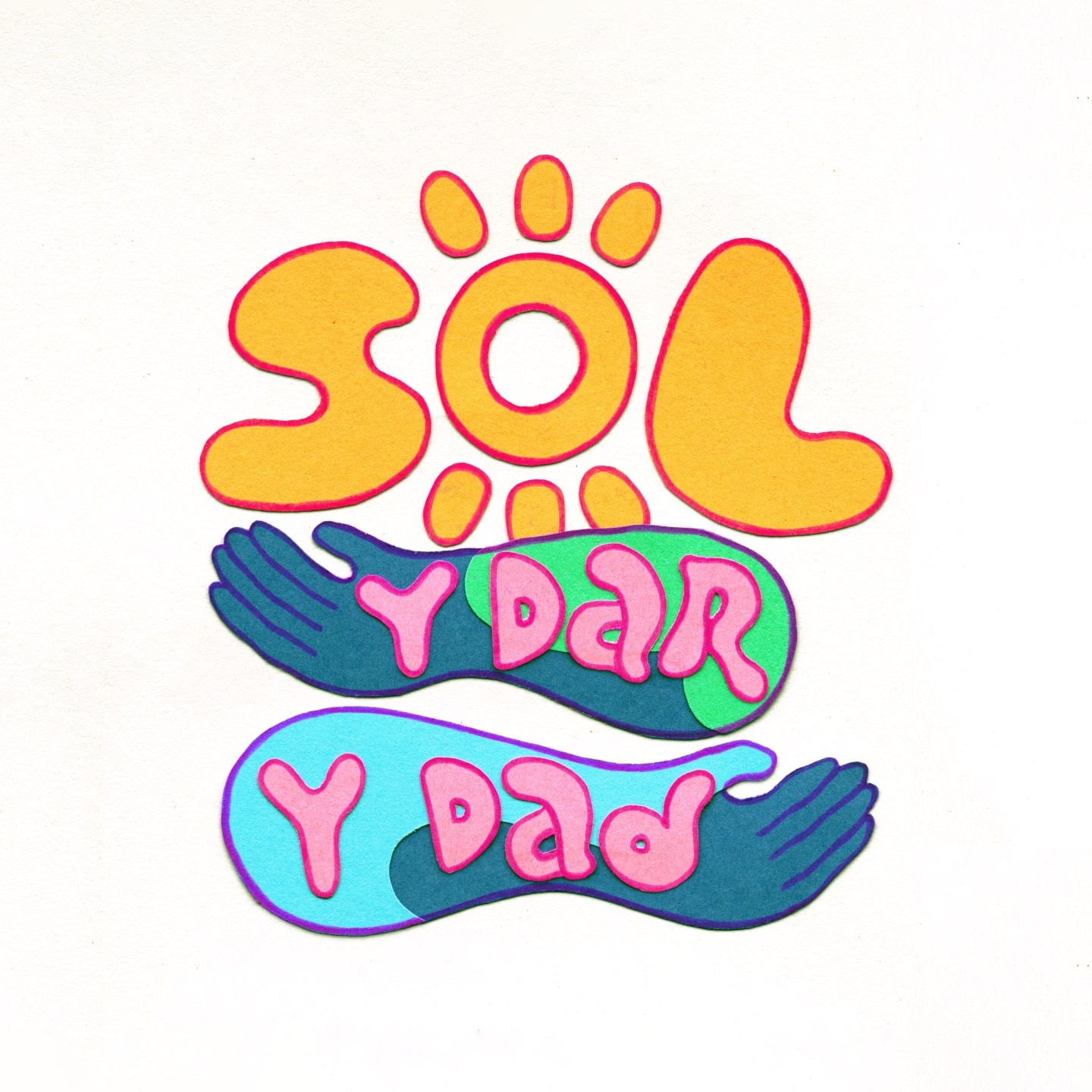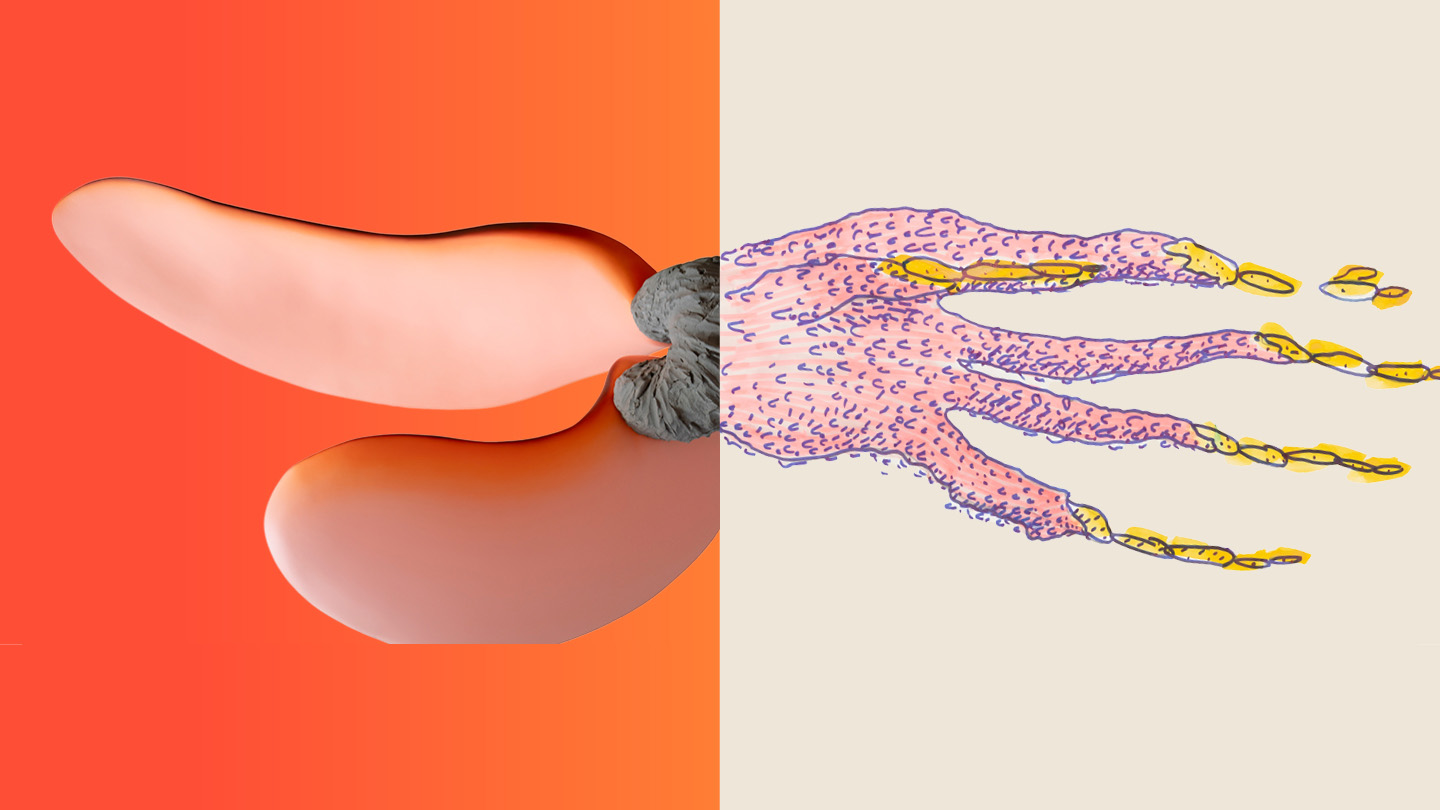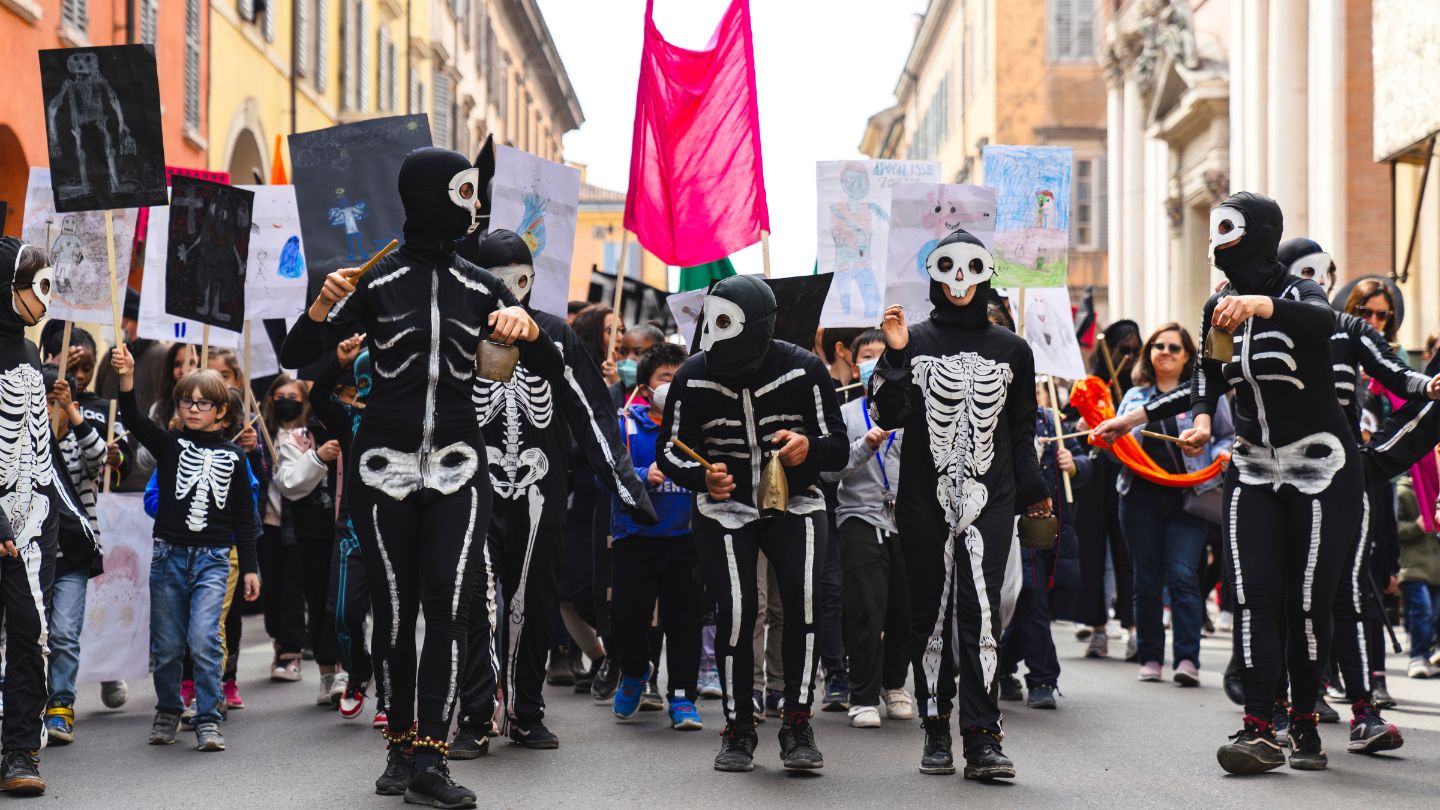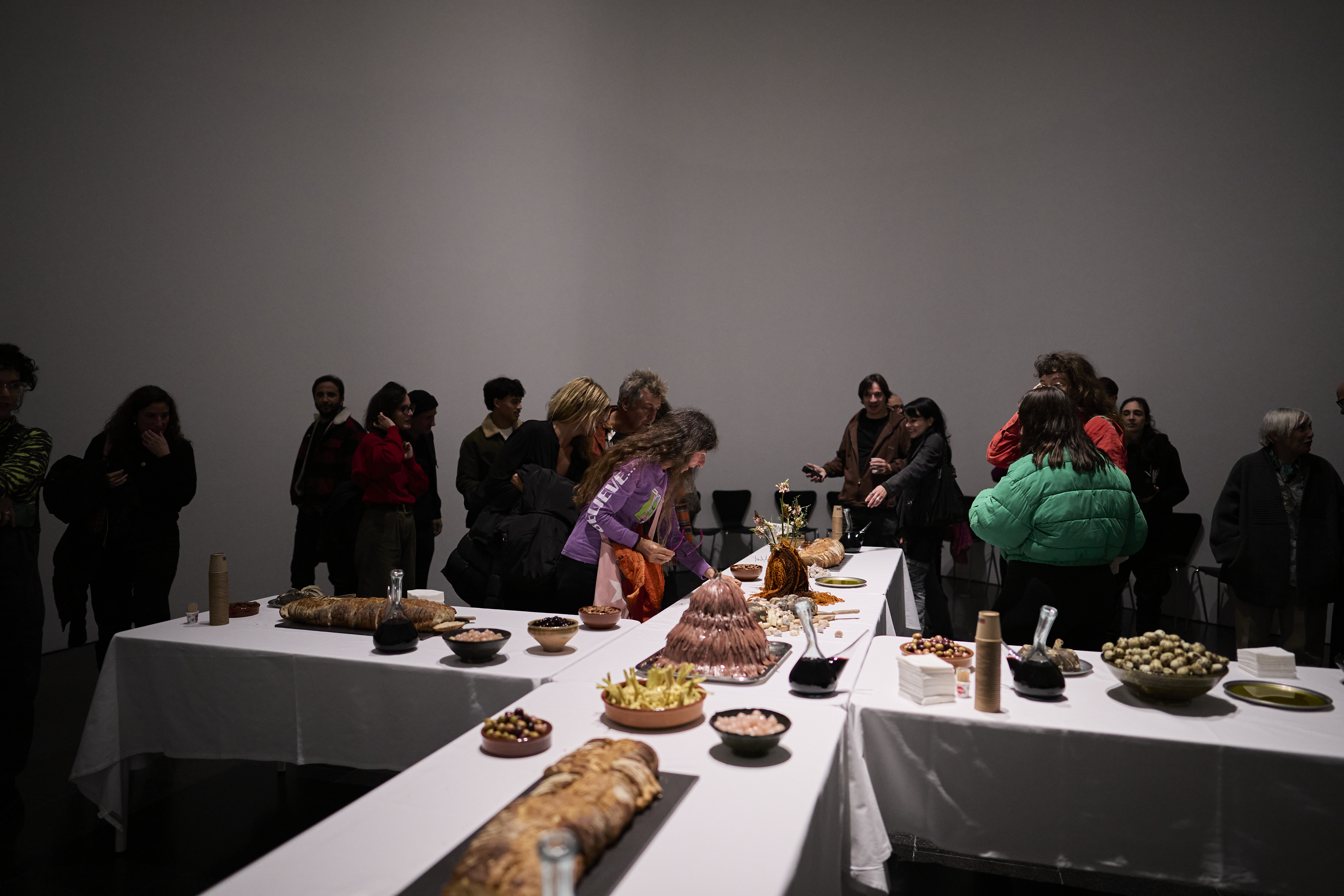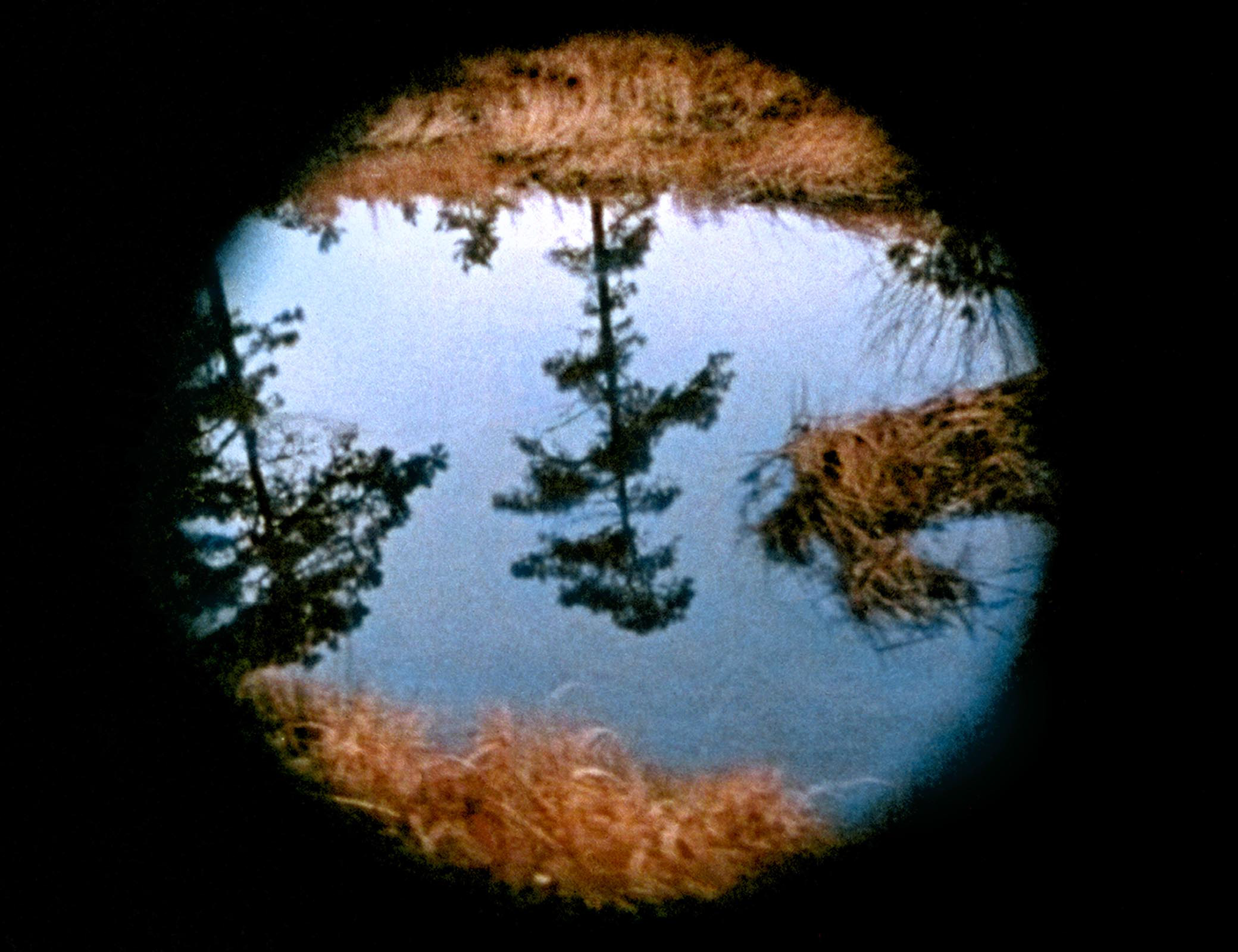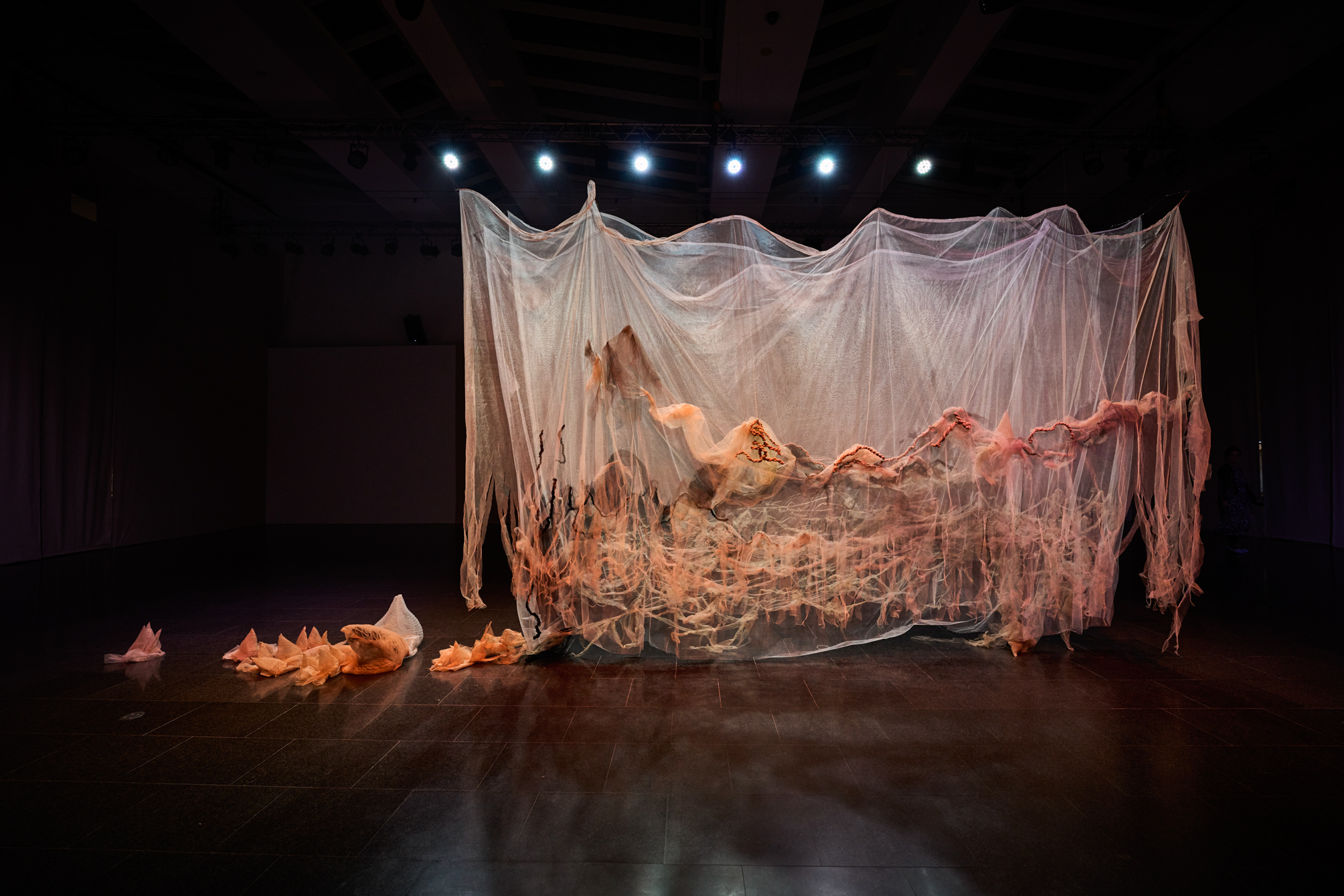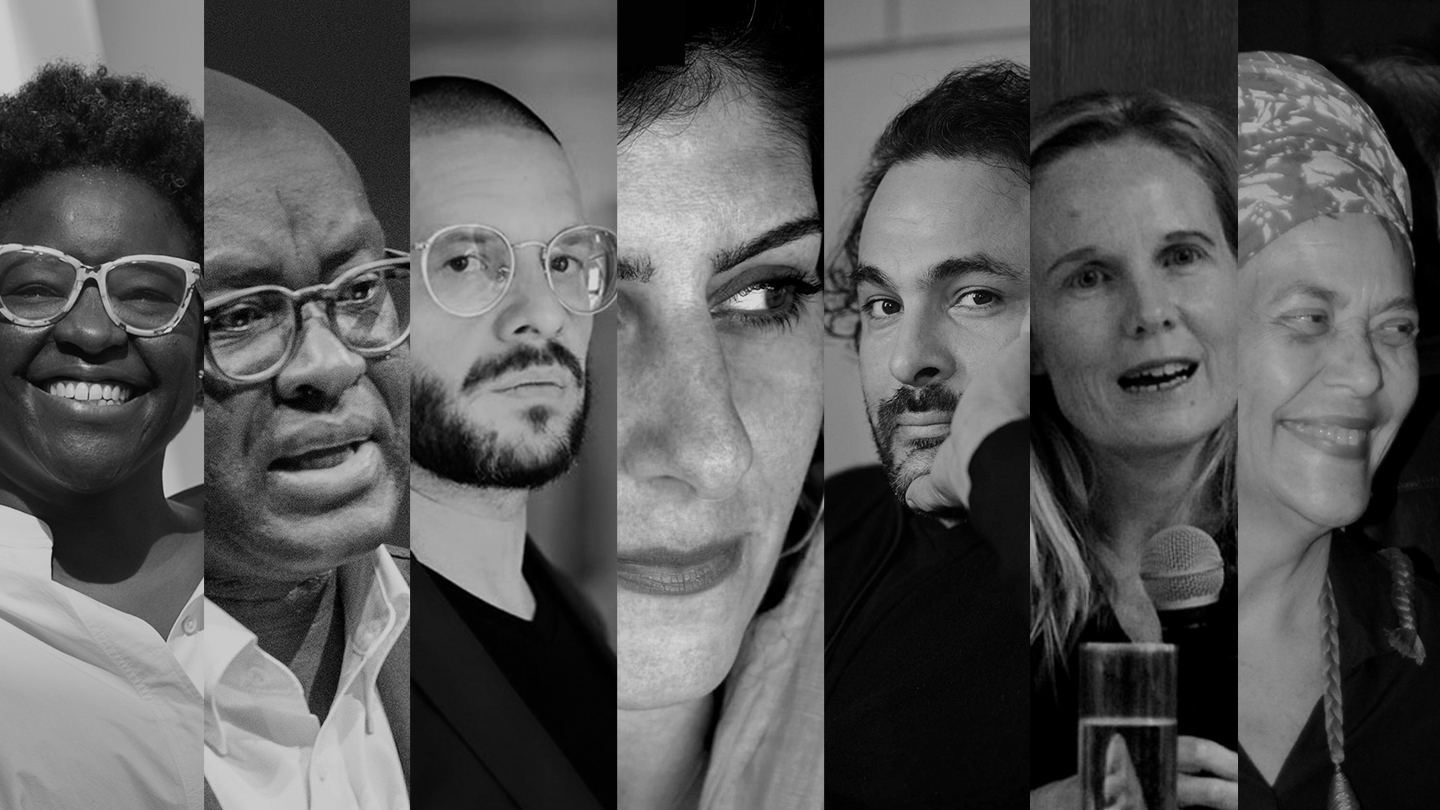Weaving as Open Source
April 8–September 11, 2022
Barcelona 08001
Spain
macba@macba.cat
For Teresa Lanceta (Barcelona, 1951), the act of weaving constitutes a triggering of critical imagination beyond the confines of materiality. For her, weaving is an open-source formula of rupture and repetition, from which it is possible to read, transform and convey a knowledge that is always complex and plural. Moreover, she conceives weaving as a “technical” knowledge dependent on a specific geographical, cultural and human context, be it, in her case, Barcelona’s Raval neighbourhood, where she lived, or the Middle Atlas, which she visited every year for three decades. Both of these places fed her fascination for women’s work and the non-verbal communication of stories and emotional bonds.
The exhibition Teresa Lanceta: Weaving as Open Source traces the artist’s trajectory from the 1970s through to the present day and includes a broad selection of tapestries, weavings, fabrics, drawings, photographs and videos, offering the most comprehensive overview of her work to date. The exhibition traces a narrative through various series of projects with the aim of identifying Lanceta’s voice, and presents works that poetically question concepts formerly considered antagonistic. For example, collectivity and authorship; remediation and history; performativity and materiality; and, finally, orality and biography.
It also explores Lanceta’s interest in collaborative work formats based around dialogues she establishes with the help of “creative accomplices,” including Olga Diego, Pedro G. Romero and Xabier Salaberria; the curator Leire Vergara; the collective La Trinxera; the filmmaker Virginia García del Pino; the artist and thinker Nicolas Malevé who, together with members of the Museum’s Education Department and pupils and teachers from Miquel Tarradell secondary school, has spent the last few years developing the project “The Trades in the Raval.”
Lanceta’s practice reveals the construction of a popular narrative recalling that described by Annie Albers in her book On Weaving (1965), written after her journeys through various Mexican communities. Like Albers in Monte Albán (Oaxaca), Lanceta found in the Middle Atlas traditional techniques with which she identified, techniques that looked to the popular crafts of the present, to the inherited, to the everyday world of the senses and to a possible material representation of the unfathomable.
Related activities and publication
Accompanying the exhibition, a series of activities, visits and seminars will be presented by many of Lanceta’s “creative accomplices,” such as the cycle of discussions “Let’s talk...” and the “Hosts” project, a series of group conversations in the exhibition galleries hosted by the pupils of the project “The Trades in the Raval.”
Featuring the writing of Teresa Lanceta, the shared authorship project Subir y bajar escaleras (Up and down the stairs) will be presented on the occasion of the Night of the Museums on Saturday, May 14, and will consist of a reading by Pedro G. Romero of Teresa Lanceta’s texts, accompanied by the dancers Javiera de la Fuente, Fuensanta “La Moneta” and Ana Morales.
In June, the seminar Mirar de reojo (Looking out of the corner of one’s eye) will focus on the act of weaving and politics, presenting a space for dialogue, poetry and ideas about the social, spatial and temporal skills that emerge from the act of weaving as open source. In addition to Teresa Lanceta, the seminar will include contributions from Natasha Ginwala, Bonaventure Ndikung, Grant Watson, Luz Pichel, Iniciativa Sexual Femenina, and the curators of the exhibition, Nuria Enguita and Laura Vallés Vílchez.
The publication Teresa Lanceta: Weaving as Open Source documents Lanceta’s exhibition at MACBA. It includes her co-authored projects, a conversation with the curators and contributions by Miguel Morey, Bonaventure Ndikung and Laura Vallés Vílchez.
Exhibition curated by Núria Enguita and Laura Vallés Vílchez.
Co-produced by MACBA Museu d’Art Contemporani de Barcelona and IVAM Institut Valencià d’Art Modern, Valencia.
